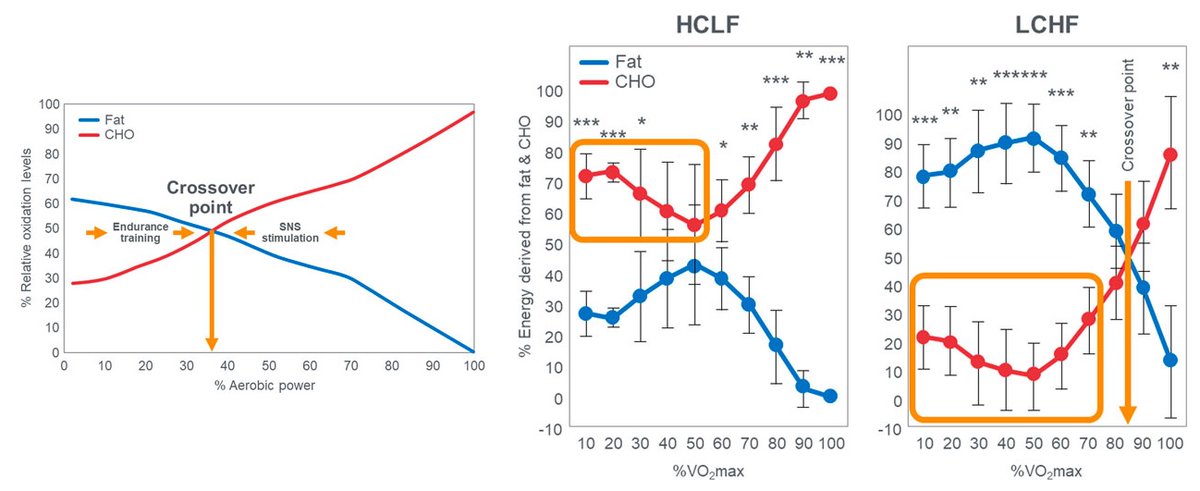This one found no differences in the postprandial rise in muscle protein synthesis rates following ingestion of 30g protein provided either as cheese or as milk protein at rest or during recovery from exercise in healthy, young males. 

- The study compared the impact of ingesting 30g protein provided in the form of cheese or milk protein concentrate on postprandial muscle protein synthesis rates in vivo in 20 healthy, young males.
- An increase in circulating amino acid concentrations following the ingestion of 30g protein provided either as cheese or milk protein was observed.
- The early postprandial rise in circulating amino acids was attenuated, but subsequently more sustained following cheese compared with milk protein ingestion.
- Muscle protein synthesis rates increased substantially following both cheese and milk protein ingestion, with greater increases observed when exercise was performed prior to protein ingestion.
- No differences were observed in postprandial muscle protein synthesis rates at rest or during recovery from exercise following cheese compared with milk protein ingestion.
- "Our data further support the understanding that the food matrix in which protein is provided strongly affects protein digestion and amino acid absorption, and modulates the subsequent postprandial plasma amino acid profile"
- "Clearly, the cheese matrix did not compromise the muscle protein synthetic response, despite the attenuated postprandial rise in circulating plasma amino acid concentrations...
"...We speculate that this may also be attributed to the more sustained elevation of plasma amino acid availability following cheese ingestion when compared with the milk protein concentrate."
- "The present data extend on previous work on the anabolic properties of dairy protein isolates and concentrates...
"...and suggest that previous findings on the postprandial stimulation of muscle protein synthesis following the ingestion of ample amounts of dairy protein concentrates also apply to the consumption of dairy whole foods...
"...Clearly, (dairy) whole foods, that are typically consumed as part of our diet, provide strong stimuli for muscle protein synthesis....
"...These observations were evident both at rest and during recovery from exercise...
"...showing that the use of protein isolates or concentrates does not necessarily provide any surplus benefits over the consumption of protein-dense whole foods when trying to augment muscle mass accretion."
Cheese Ingestion Increases Muscle Protein Synthesis Rates Both at Rest and During Recovery from Exercise in Healthy, Young Males: A Randomized Parallel-Group Trial (open access)
doi.org/10.1093/jn/nxa…
#nutrition #protein #exercise #muscle #strength #lift
doi.org/10.1093/jn/nxa…
#nutrition #protein #exercise #muscle #strength #lift
• • •
Missing some Tweet in this thread? You can try to
force a refresh

 Read on Twitter
Read on Twitter







